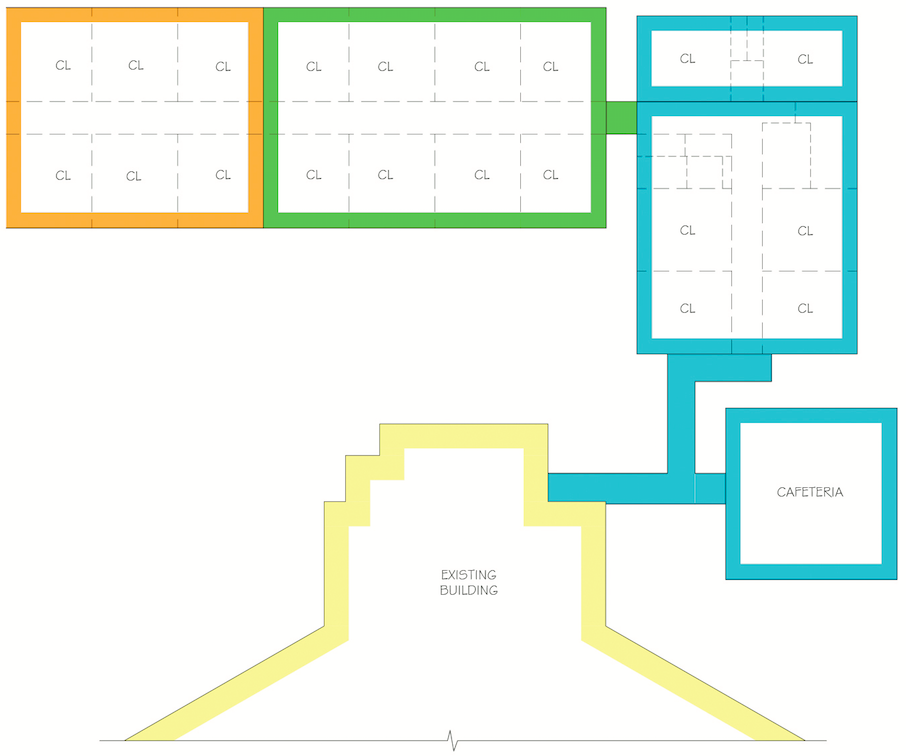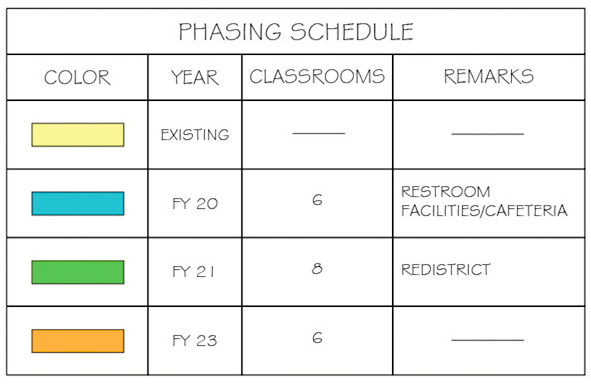On May 7, the Town Council unanimously approved a referendum question for a bond issue that will appear on the June 11 ballot. It authorizes the town to borrow and expend up to $2,800,000 on modular classrooms, cafeteria space, and site work at Narragansett Elementary School.
This would fund Phase I of a “mid-range plan” to deal with current overcrowding and projected increases in K-5 enrollment. By adjusting attendance zones in the 2020-21 school year, between 170 and 300 additional students could be spread across the district’s three elementary schools. In 2023-24, additional classrooms could be added in Phase II at a similar cost.
According to Superintendent Heather Perry, the district’s long-range plan is to build a permanent addition onto the existing Narragansett Elementary School. She believes there would be state funding of approximately 85% of the cost, but the construction approval process could take eight to twelve years.


The Phase I modulars would be paid for under a lease purchase plan and used at the school for ten to fifteen years. Under the current state modular reimbursement program, the state would pay approximately $90,000 a year for the first five years of Phase I with the district paying the rest, at which time the district would own the modulars.
Site work is estimated to cost $2,000,000. Principal and interest for a ten-year bond is projected to be $3,221,145, but the state reimbursement would reduce the cost by approximately $450,000. Any monies saved could be used to pay down the bond, Perry said.
Because the project would be funded by a bond issue, the original Phase I plan was modified. It now combines elements of the original Phase I and II to provide more classroom space. From the outside, Phase I, shown above in blue, looks like two buildings: one a classroom wing and one a cafeteria wing. Four modulars are combined to form the classroom wing which includes six new classrooms, restrooms, and a utility room.
Two 2.5 modulars are combined to form the cafeteria wing. The green area is the Phase II classroom wing with eight classrooms. The orange space would be added only if more classrooms were needed.
Alluding to the new modern appearance of modulars, Norm Justice, Facilities and Transportation Director, said, “They will not look at all like the the old portables we remember.”


